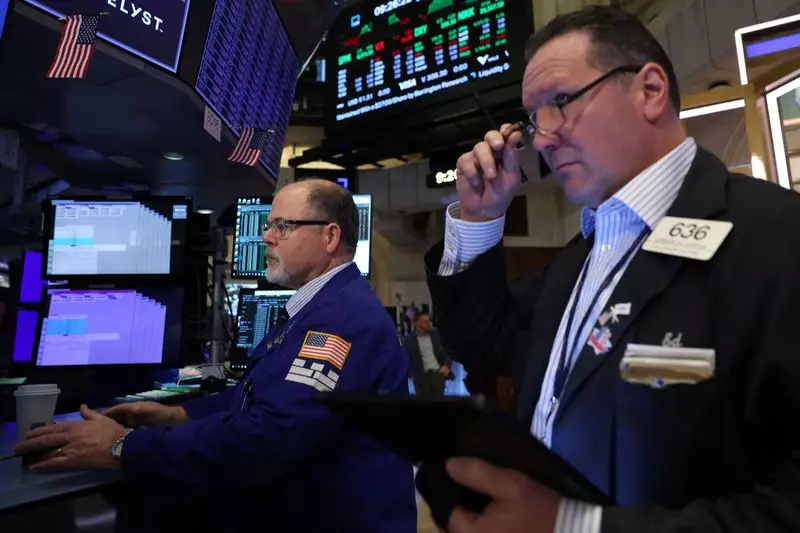As the financial landscape adjusts to ongoing economic transitions in the United States, stock market futures showed faint optimism last Friday, revealing a complex sentiment of anticipation among investors. With a host of economic indicators on the horizon and an imminent alteration in governance through the Trump administration, there remains a palpable sense of uncertainty that underscores market performance.
At the onset of the trading day, expectations were modestly optimistic. The Dow E-mini futures increased by 85 points or 0.20%, while S&P 500 E-mini futures climbed 16.25 points or 0.27%. The tech-focused Nasdaq 100 E-mini futures saw an uptick of 85.25 points or 0.40%. This upward movement, albeit slight, indicates that investors are cautiously considering their strategies as they await vital data that could provide insight into economic stability.
The previous week had witnessed a significant downturn in all major indexes, as momentum shifted from generalized optimism to a self-correcting market dynamic that saw early gains evaporate into losses, closing significantly lower for the fourth consecutive trading session on Thursday. This behavior deviated from the historical trend where stocks typically gain towards the end of December and into January, a phenomenon often called the “January Effect.”
In light of the sweeping political changes, the financial sector remains in a state of flux. With Donald Trump set to assume the presidency on January 20, discussions around potential shifts in fiscal policy are paramount. Trump’s proposals, including tax reductions for corporations and lightened regulations, could theoretically lead to enhanced business profits and ultimately stimulate economic growth. However, the downside could manifest as increased inflationary pressures and a restraint on the Federal Reserve’s ability to maintain a conducive monetary policy environment.
The timing of these policy changes is critical, as they coincide with the economic metrics being released. The Federal Reserve’s recent position maintains an interest rate around 4.5% for the 10-year Treasury note, leading many market experts to speculate that rate hikes are unlikely this year. In contrast, there are predictions that additional measures, such as potential cuts in interest rates by around 50 basis points, may be enacted if existing indicators forecast continued economic resilience.
Despite the resilience in economic indicators, underlying fears regarding equity valuations tinge investor enthusiasm. With the benchmark S&P 500 and the blue-chip Dow projected to decline over 1% for the week and the more tech-heavy Nasdaq staring down a 2% drop, skepticism regarding a further bull run looms large. Analysts remain divided; while some expect U.S. stocks to continue fighting through this turbulence with solid corporate gains, others cite the extended equity valuations as a potential red flag.
As quarterly earnings reports loom on the horizon, these figures will serve as significant determinations of market trends. Investors are eager to glean insights on corporate profitability and sustainability, which are critical in a market already fatigued from a lengthy upward trajectory. Recent shifts in high-profile stocks reflect this uncertainty; Tesla’s premarket trading saw a 1.1% rise after previous declines of over 6% due to disappointing sales reports.
Attention now turns to the forthcoming reports on manufacturing activity and employment figures, both vital indicators of economic health. The forecasts and insights provided by Federal Reserve officials, particularly from Richmond Fed President Thomas Barkin, will further inform market sentiment as they delve into economic projections for the new year.
As trading volumes anticipated a significant dip post-New Year’s, the broader implications of U.S. automobile sales and individual stock performances merit close observation. With the potential for additional regulatory decisions affecting major corporations like U.S. Steel, which recently faced an adverse ruling regarding a merger, it remains essential for investors to remain vigilant in navigating this dynamic financial landscape.
While futures show a hint of recovery, underlying uncertainties prevail as markets await critical economic indicators and interpret the potential impact of forthcoming policy changes under the Trump administration. The overarching concept of cautious optimism continues to define investor behavior in this era of transition.

